| Design Engineering Theory Topics - Home Page |
Timbers
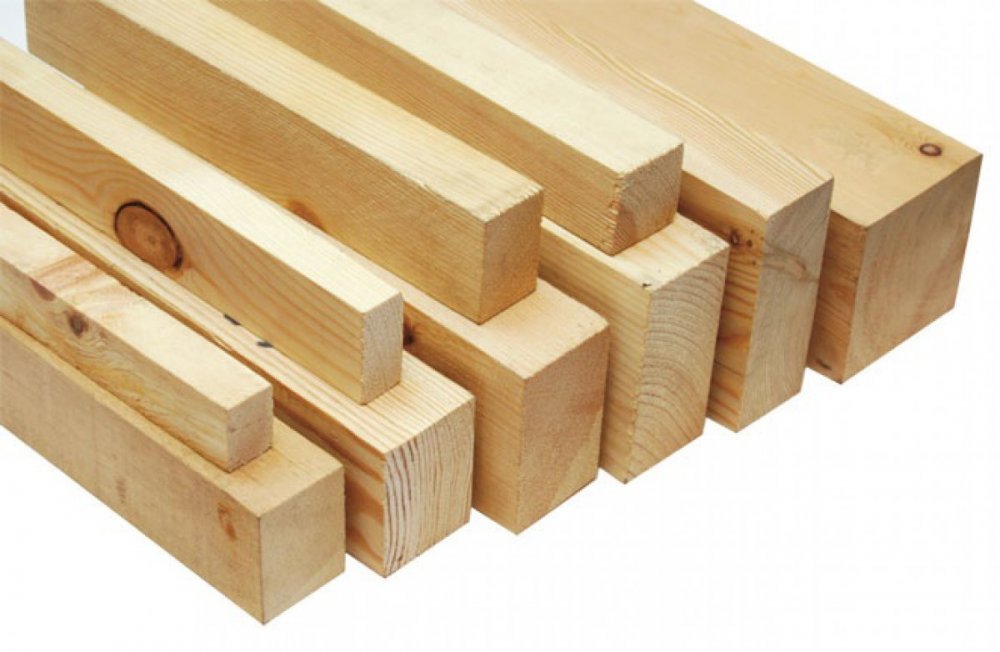
1 Natural timbers: Hardwoods
- comes from a tree with broad leaves
- grow slowly and can take up to 100 years before they are ready to harvest
- rarely planted so becoming scarse and expensive.
Oak
- strong and durable
- attractive grain
- expensive
- becoming rarer
- not the easiest wood to work with
- corrodes iron and steel
- historically used for building houses and boat
- more recently used for making high end furniture and wine/whisky barrels.
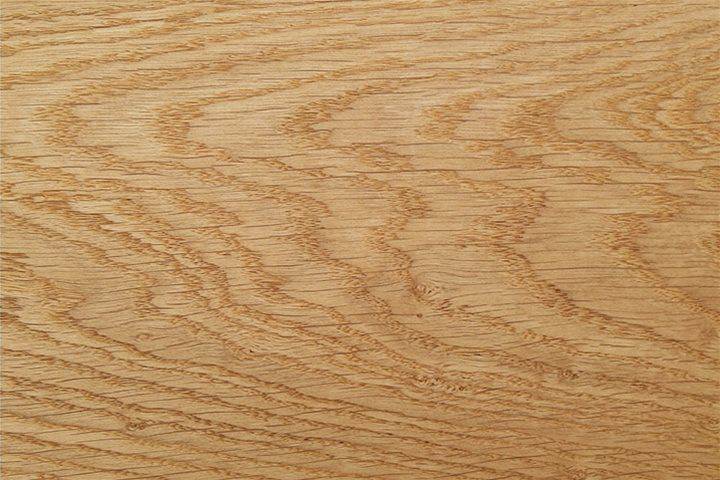
Mahogany
- quite easy to work with
- very attractive grain
- expensive
- environmental problems with sourcing from tropical forests
- oils in the wood can cause skin rashes and breathing problems
- used for making high-quality furniture, jewellery boxes and windows.
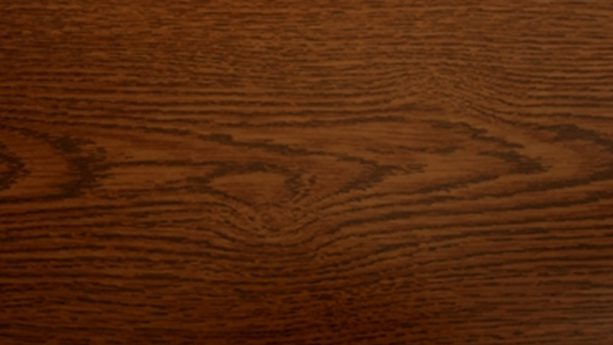
Beech
- a tough wood
- hard
- does not crack or splinter easily
- expensive
- not very resistant to moisture
- not suitable for exterior (outside) use
- used for making toys, cooking implements, solid and laminated furniture.
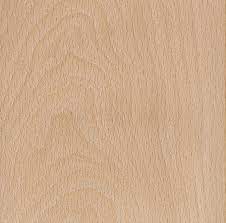
Balsa
- Very light
- Easy to cut
- Sustainable
- Non toxic and biodegradable
- Fire resistant - difficult to light
- Weather resistant
- much too soft and weak for most products
- used for model making, surf board cores
- historically used for rafts.
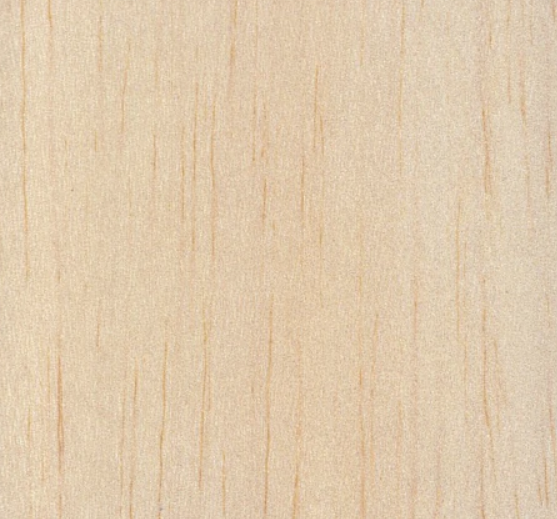
2 Natural timbers: Softwoods
- come from tree with needle-like leaves and seeds in a cone
- mainly evergreens
- grow quickly, only needs 30 years before harvest
- grown commercially
- much cheaper than hardwoods
Here are some examples:
Pine
- Very durable
- Easy to work
- Quite cheap as it grows quickly enough to be forested
- reasonable strong, lightweight and easy to work with
- can warp, crack and splinter more than some other woods
- used for house construction in roof joists and floorboards
- used internally for furniture and doors.

Cedar
- Natural oils make it water and fungal growth resistant
- not as strong and more expensive than pine
- used for furniture, fences, shed and boats.

3 Manufactured timbers
- by being manufactured there are no limitations to the size of boards available
- changes the properties of the natural wood.
Here are some examples:
Plywood
- Layers of tree trunk called veneer are glued together with the grain lines going in alternate directions
- Flat, strong and looks like wood
- Resistant to warping, cracking and twisting
- quite expensive
- edges can look rough
- susceptible to water damage if the wrong grade is used. Marine ply is available
- used for building and panels that need strength.
Medium density fibreboard (MDF)
- wood dust and fibres are mixed with a glue and pressed into flat sheets under extreme pressure and heat
- cheap as made from waste wood
- smooth and ungrained so good for painting or staining
- easily manufactured
- needs coating as not very aesthetic
- weak compare to real wood or plywood
- used for cheap flat pack furniture, wall panels, display cabinet and storage units.
4 Properties
Hardness
- the ability to withstand cutting and scratching.
- most timbers are soft and easily cut with metal tools
- oak is quite hard for a wood
- balsa is very soft for a wood
- not to be confused with hardwoods and softwoods.
Toughness
- the ability of a material to withstand being hit
- a tough material can bend and deform without breaking
- wood is a tough material as it can be dented with a hammer but not break.
Durability
- the ability of a material to last a long time
- if a wood has been properly dried and kept dry it can last for hundreds of years like oak beams in old buildings
- wet wood can rot quickly and is not durable
- some woods have natural oils which improve their durable abilities
- can be treated with preservatives to make it more durable for external use.
5 Summary
- Trees are divided into hardwoods and softwoods
- different types of trees have different properties
- knowledge of the properties of different timbers is important in choosing the best timber of the product
- manufactured boards can be large flat sheets
- hard, tough and durable are properties used for describing timber.
6 Exam questions
- What is the difference between a hardwood and softwood?
- What type of timber would you make a coffee table from? Give reasons why you think it is a good choice
- What kind of things were often made from oak?
- Why is beech a good wood for a child's toy?
- Suggest a positive and a negative quality of MDF.